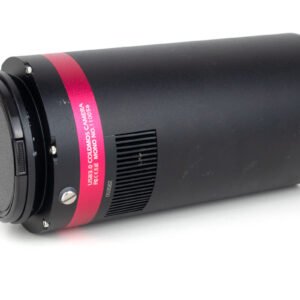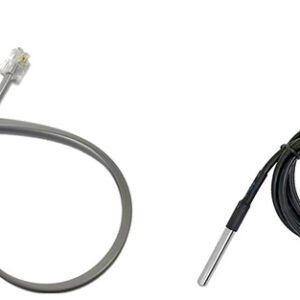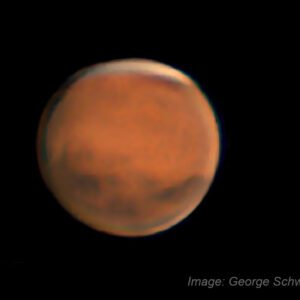Sidereal Trading are happy to announce the release of the saxon FCD100 Air-Spaced ED Triplet Refractor Series. These telescopes feature Japanese Hoya FCD100 optics. Relying on technological innovation, Hoya have successfully launched the high-performance optical glass at the apex of the FCD family. Hoya FCD100 is considered the best glass ever produced by Hoya.
Featuring an air-spaced triplet optical design that virtually eliminates chromatic aberrations, these telescopes generate brilliant high-contrast images by combining genuine HOYA FCD100 extra-low dispersion (ED) glass and proprietary EMD enhanced multi-layer deposition on all optical surfaces.
The saxon FCD100 Triplet Series is available with 80mm aperture 480mm focal length F6 optics, 102mm aperture 714mm focal length F7 optics and 127mm aperture 952mm focal length F7.5 optics.
In addition, these amazing Telescopes include a dual speed (10:1) 2.5″ focuser featuring a very rigid design with strong support. Up to 4.5kgs of camera gear can be loaded onto these focusers.
Having a true diffraction-limited optical design and sized to encourage spontaneous stargazing sessions, these high-quality telescopes are a perfect grab-and-go instrument for exploring the skies.



